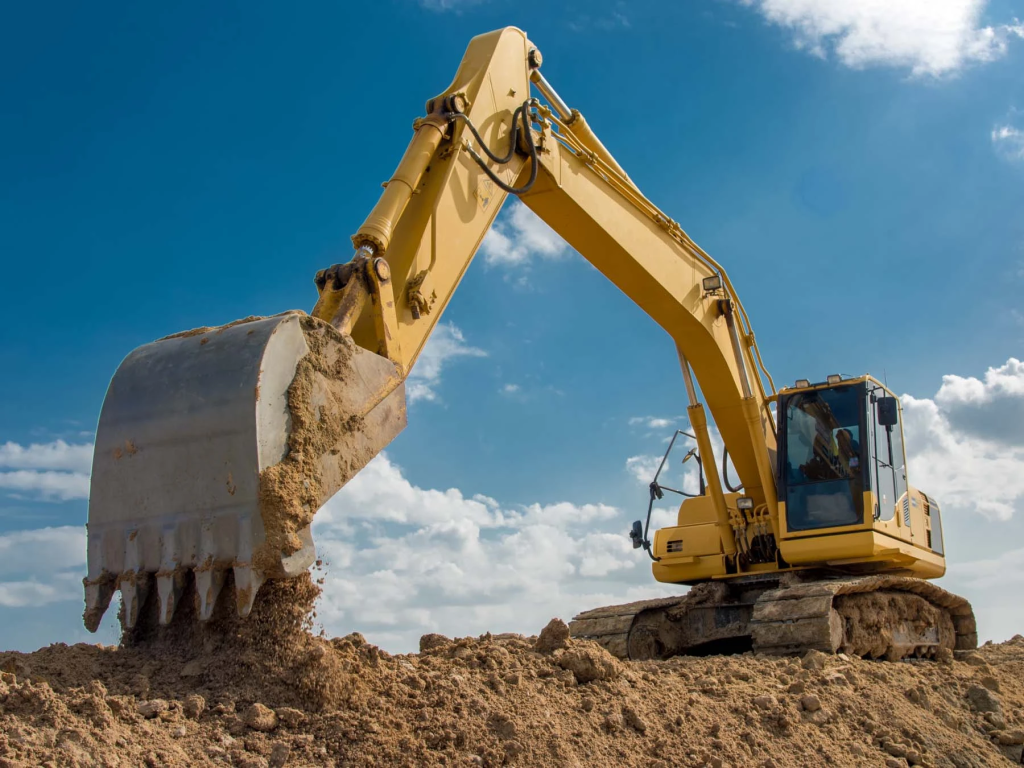Determining whether specific excavator bucket types are suitable for your needs involves evaluating several key factors related to your project requirements, equipment, and the material you will be handling. Here’s a comprehensive guide to help you assess if the right bucket types are indeed right for you.

1. Analyze Your Project Requirements
- Type of Work: Identify the primary tasks you need to perform (e.g., digging, grading, or loading).
- Project Size: Consider the scale of the project and the volume of material you need to move.
- Material Type: Understand the materials you will be working with, such as soil, rock, or debris.

2. Evaluate Equipment Compatibility
- Excavator Size: Ensure that the bucket type you choose is compatible with the size and weight capacity of your excavator.
- Attachment Options: Check if your excavator supports various bucket attachments for enhanced versatility.
3. Consider Terrain and Job Site Conditions
- Ground Stability: Assess the stability and type of terrain on your job site (e.g., rocky, muddy, or sandy).
- Access and Space: Evaluate the space available for maneuvering the excavator and the bucket type you plan to use.
4. Assess Efficiency and Productivity
- Performance Needs: Analyze how different bucket types can improve your work efficiency and productivity.
- Volume Handling: Determine the volume of material that needs to be moved and how bucket capacity affects your operation.
5. Evaluate Cost-Effectiveness
- Budget Constraints: Consider your budget for purchasing or renting the right bucket types.
- Long-Term Savings: Factor in how the right bucket can save costs through reduced wear and tear, lower fuel consumption, and increased productivity.
6. Safety Considerations
- Operator Experience: Evaluate the experience level of your operators and how comfortable they are with different bucket types.
- Safety Features: Consider if the selected bucket types enhance safety through better control and stability.
Common Excavator Bucket Types to Consider
| Bucket Type | Best For | Key Features |
|---|---|---|
| General Purpose Bucket | Versatile tasks | Multi-use, balance of size and shape |
| Ditching Bucket | Grading and trenching | Sloped design for precise grading |
| Heavy-Duty Bucket | Tough materials | Reinforced for heavy loads |
| Rock Bucket | Rocky terrain | Strong teeth for breaking rock |
| Grading Bucket | Leveling surfaces | Flat bottom for smooth finishing |
| Skeleton Bucket | Sorting materials | Open frame for sifting debris |
| Tilting Bucket | Contouring and grading | Adjustable angle for precision |
Conclusion
To determine if excavator bucket types are right for you, carefully assess your project requirements, equipment compatibility, terrain conditions, efficiency needs, cost-effectiveness, and safety considerations. By evaluating these factors, you can make an informed decision on the best bucket types that will enhance your operations and meet your specific project objectives. If you have further questions or need assistance in selecting the right bucket type, feel free to ask!